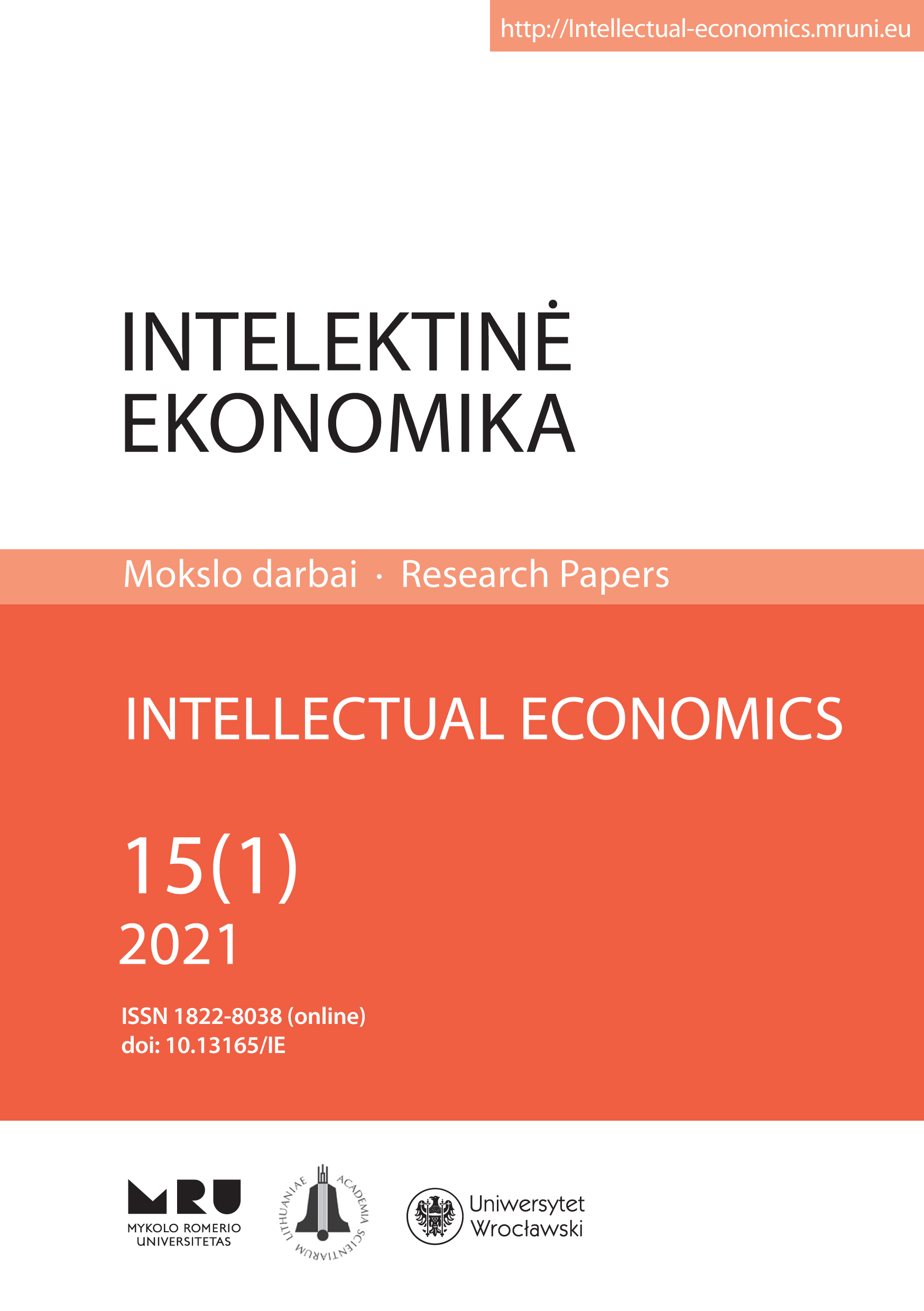FINANCIAL DEVELOPMENT AND BANK RISK-TAKING: EMPIRICAL EVIDENCE FROM THE USA
FINANCIAL DEVELOPMENT AND BANK RISK-TAKING: EMPIRICAL EVIDENCE FROM THE USA
Author(s): Faisal Abbas, Omar Masood, Shoaib AliSubject(s): Financial Markets
Published by: Mykolas Romeris University
Keywords: financial development; risk-taking; capital ratio; z-score;
Summary/Abstract: This study explores the influence of financial development on the risk-taking of large commercial banks over the prolonged period from 2002 to 2019 by using a two-step system GMM method. The results show that financial development increases risk-taking by lowering the capitalization ratio of banks. In contrast, a positive change in financial development reduces the risk-weighted assets of banks. The findings conclude that financial development is better for the stability of banks except for undercapitalized banks. The empirical results show that financial development is significant for adequately, under, significantly under, high, and low liquid banks. The results show that the impact of financial development on banks' risk-taking is higher in the pre-crisis era than both pro and the post-crisis periods. The findings remain robust to different proxies and methodologies. The heterogeneous results in present economic conditions for bank categories and pre, pro, and post-crisis periods have practical implications for regulators, policymakers, investors, managers, and economists.
Journal: Intelektinė ekonomika
- Issue Year: 15/2021
- Issue No: 1
- Page Range: 64-87
- Page Count: 24
- Language: English

